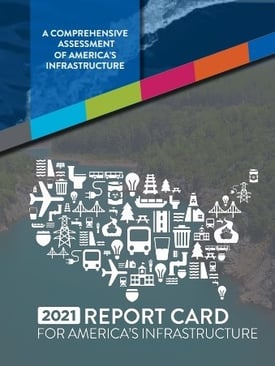 Every four years, the American Society of Civil Engineers (ASCE) releases a report on the state of infrastructure in the U.S. The report is in the form of a report card with an A to F grade and includes details on the overall grade in the 17 supporting categories. The 2021 report card has been released and for the first time in 20 years the new grade is a C-. The previous overall grade was a D.
Every four years, the American Society of Civil Engineers (ASCE) releases a report on the state of infrastructure in the U.S. The report is in the form of a report card with an A to F grade and includes details on the overall grade in the 17 supporting categories. The 2021 report card has been released and for the first time in 20 years the new grade is a C-. The previous overall grade was a D.
While investment has increased in the last 10 years, ASCE estimates that from 2020 to 2029, only just over one-half of the $1.04 trillion needed for the water sector (Drinking Water/Wastewater/Stormwater) has been allocated.
Of the 17 categories that make up the report card, several of them have extensive uses for geomembranes. To follow are the five critical areas where geomembranes can be cost-effective alternatives to other solutions.
- Aviation (D+). COVID-19 had a major negative impact on air travel. Now, as the world heads toward normalcy, airports are expected to become under capacity. Expansions will require more fuel storage (geomembrane secondary containment), stormwater and de-icing management facilities (geomembrane lined and covered collection impoundments), and lightweight EPS geofoam structural fill (geomembrane protection of geofoam).
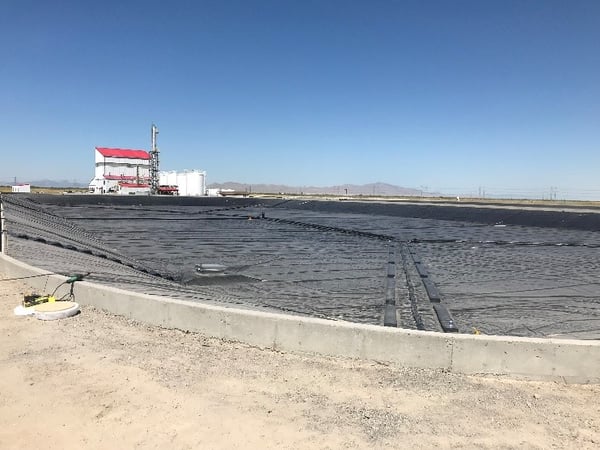
De-icing Impoundment, Salt Lake City Airport, XR-5 liner and floating Cover
Source: Lange Containment Systems - Drinking Water (C-). The aging potable water sourcing, treatment and distribution system can be more cost- effectively updated using geomembranes to line raw water storage and filter backwash impoundments, as well as lining and covering finished water impoundments. A recent innovation in capacity management has been the use of diversion baffles constructed of high-yield-strength geomembranes in finished water storage. These applications maximize the existing drinking water sourcing, treatment and distribution without new capacity construction. Further information on these components of the drinking water system can be found in our potable water blog series.
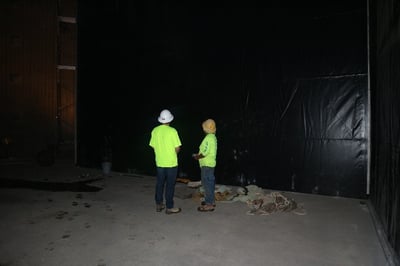
Potable Water Diversion Curtains, First Utility District, Knoxville, TN; XR-3 PW.
Source: Seaman Corp. - Energy (C-). Improvements have been made in the entire sector, but it still struggles with reliability. Coping with weather extremes and transporting and storing petroleum in a long-term, environmentally secure manner are concerns. Geomembranes provide solutions to the containment of petroleum in exposed applications and process wastewater control. Ninety-two percent of all electrical outages occur due to issues with the distribution network that can be strengthened with the use of dielectric fluid-resistant geomembranes in substations. Proper design ensures no shutdown for immediate replacement in the event of a spill, causing little if any downtime for the distribution network.
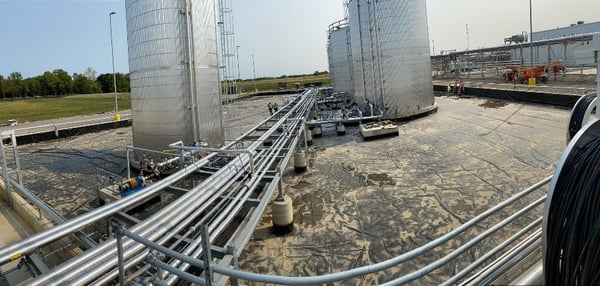
Bright mark Energy, Indiana; XR-5 secondary containment.
Source: Bright Mark Energy - Stormwater (D)-. Polluted runoff alone currently impairs more than 13 million acres in the U.S., in addition to damage from urban flooding. Stormwater utility creation is having a positive impact, but continuing urbanization creates areas of need. Industrial and commercial stormwater management is enhanced with the use of UV-exposed, geomembrane liner and runoff impoundments at sites, such as airports and industrial facilities.
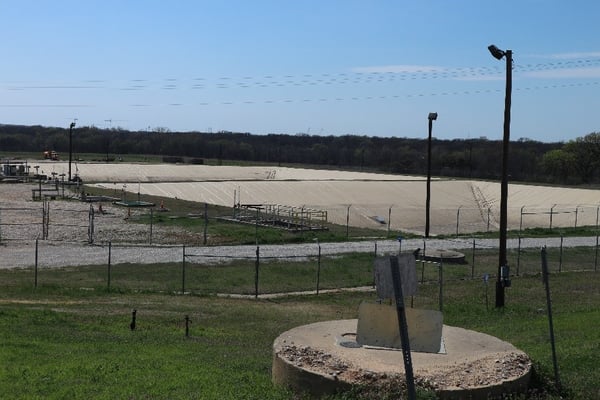
Stormwater/de-icing impoundments; DFW airport, XR-5.
Source: Seaman Corp - 5. Wastewater (D+). Treatment plant capacity and sanitary sewer overflows (SSOs) are two major broad areas that will continue to need investments to update infrastructure. Aging pipelines contribute to both areas as the introduction of surface water into the sewage collection system overloads the entire system, taking away capacity needed for the wastewater itself. Many municipalities have recognized that geomembrane-lined SSO impoundments are cost-effective ways to reclaim collection system and treatment plant capacity.
Case Study: XR-5® Geomembrane Protects Wastewater Treatment Plant in Tulsa, OK
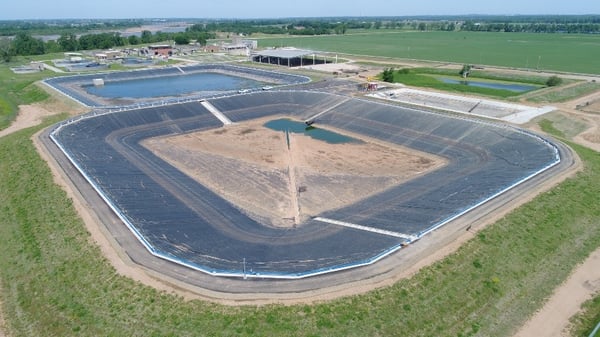 SSO Impoundments, Tulsa OK; XR-5.
SSO Impoundments, Tulsa OK; XR-5.
Source: Seaman Corp.
While the ASCE Report Card might seem to always indicate infrastructure investment is lacking, it represents the opinions of the largest organization of the infrastructure designers in the U.S., Civil Engineers. That same group of professionals recognize the advantages that high-strength, UV-/thermal-stable, engineered geomembranes contribute to modern day infrastructure development.



